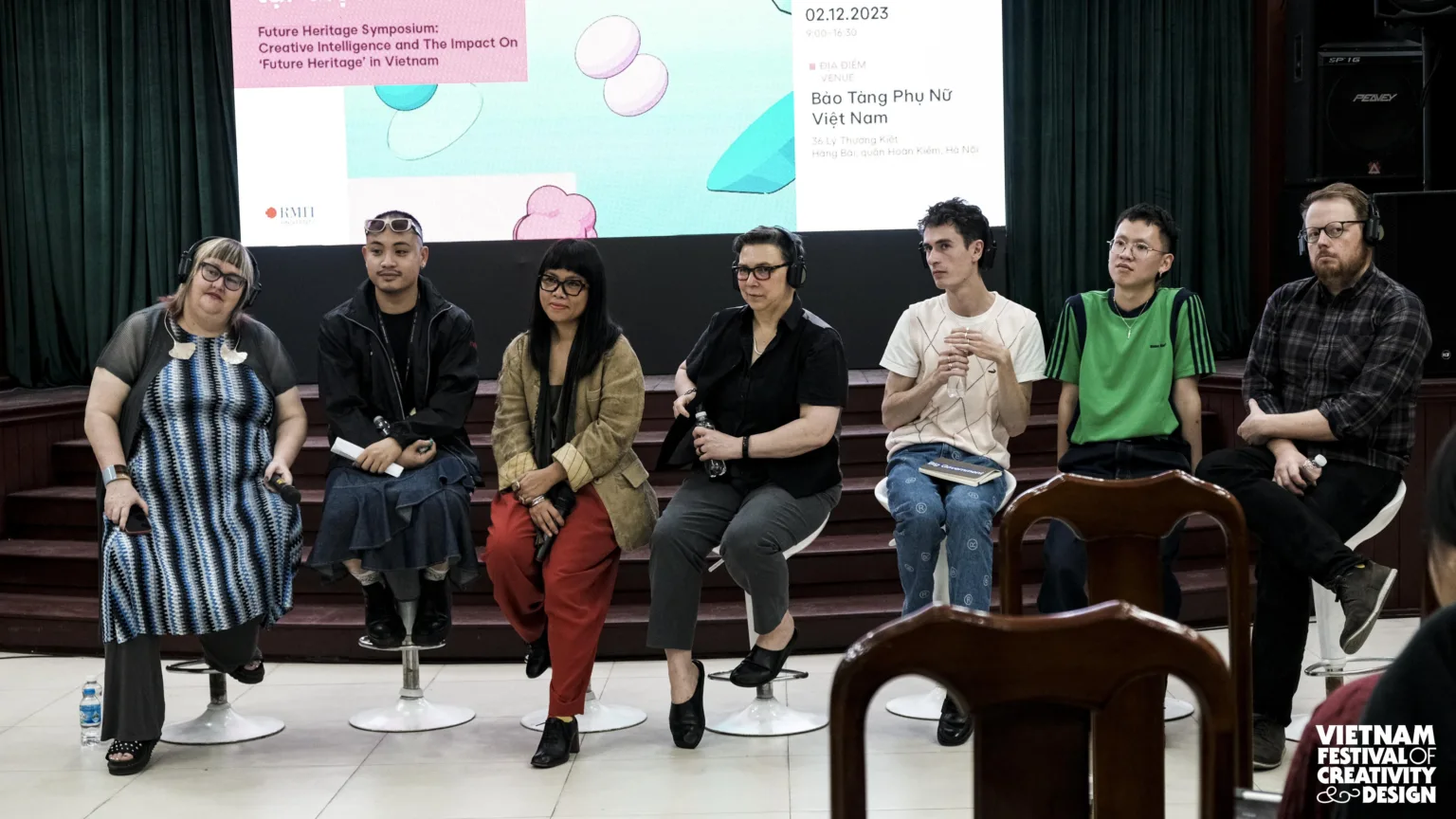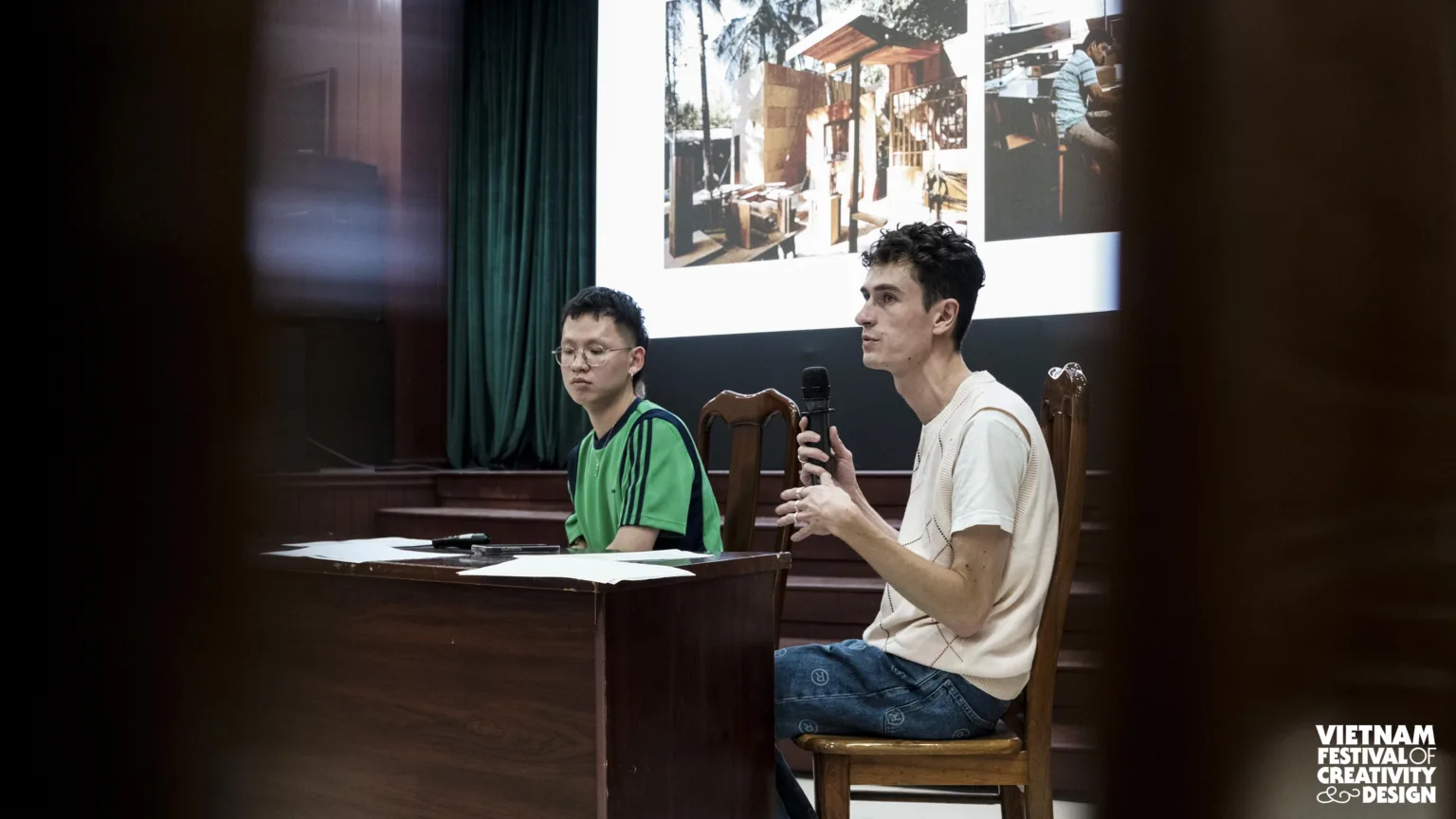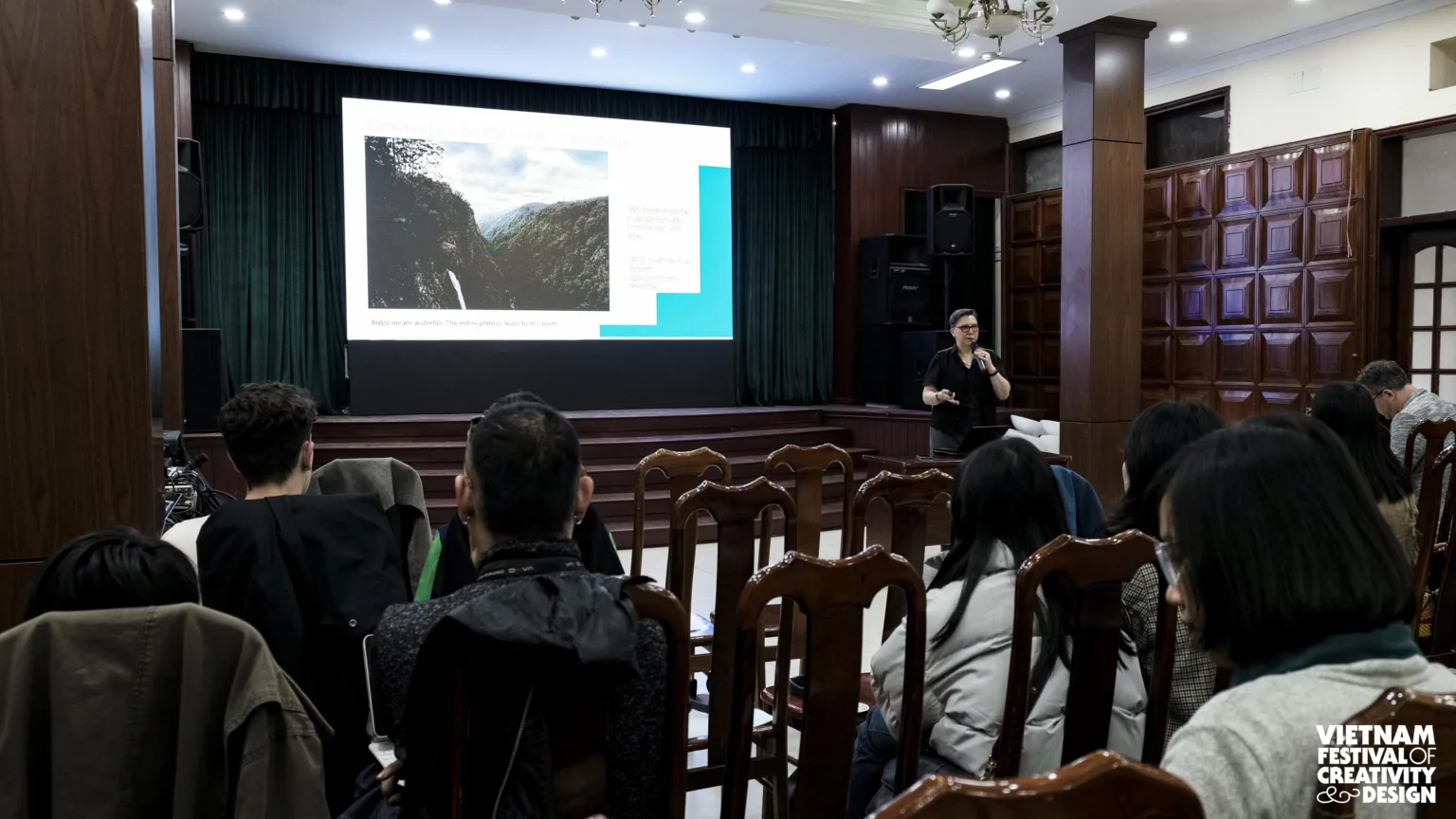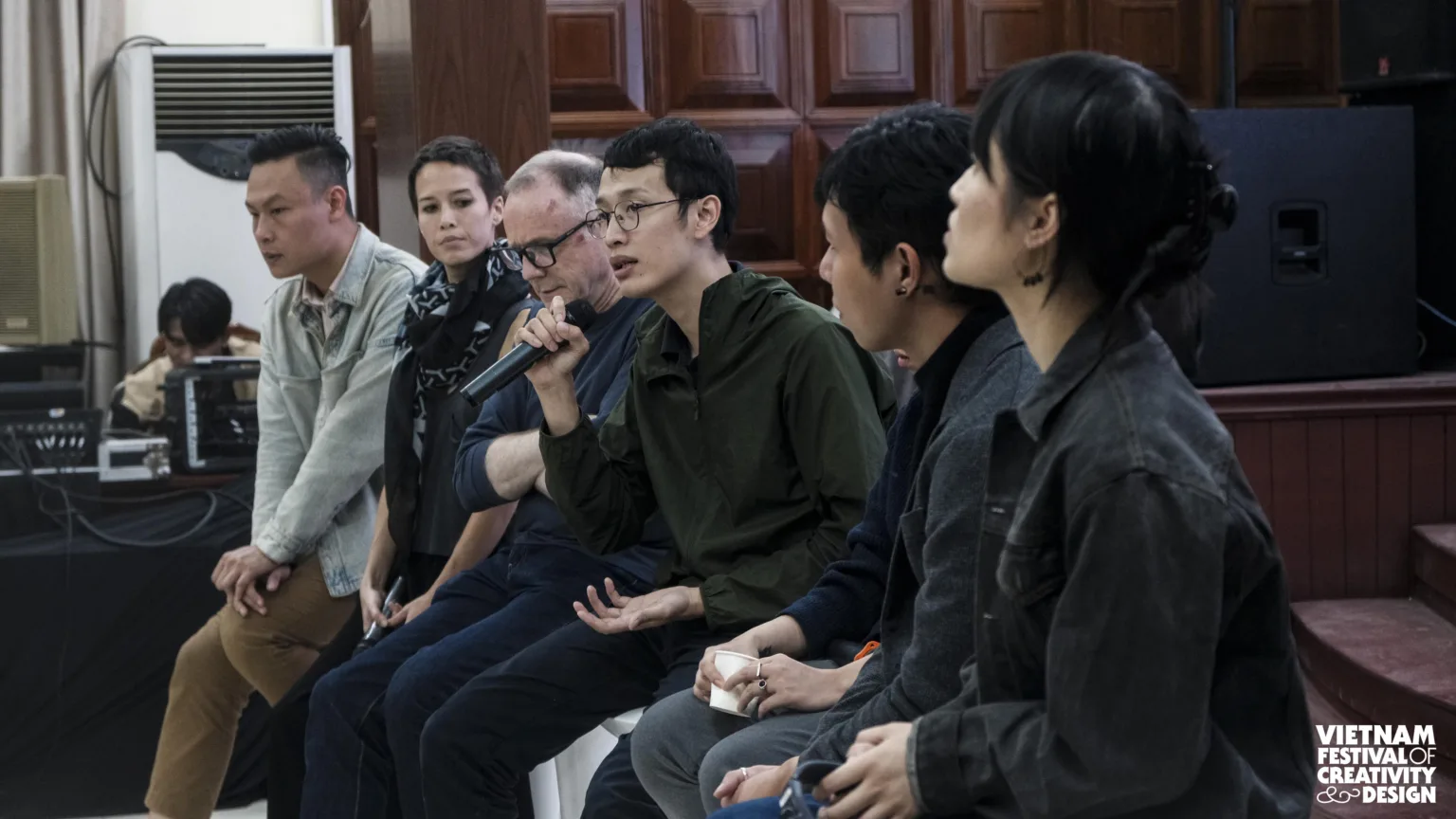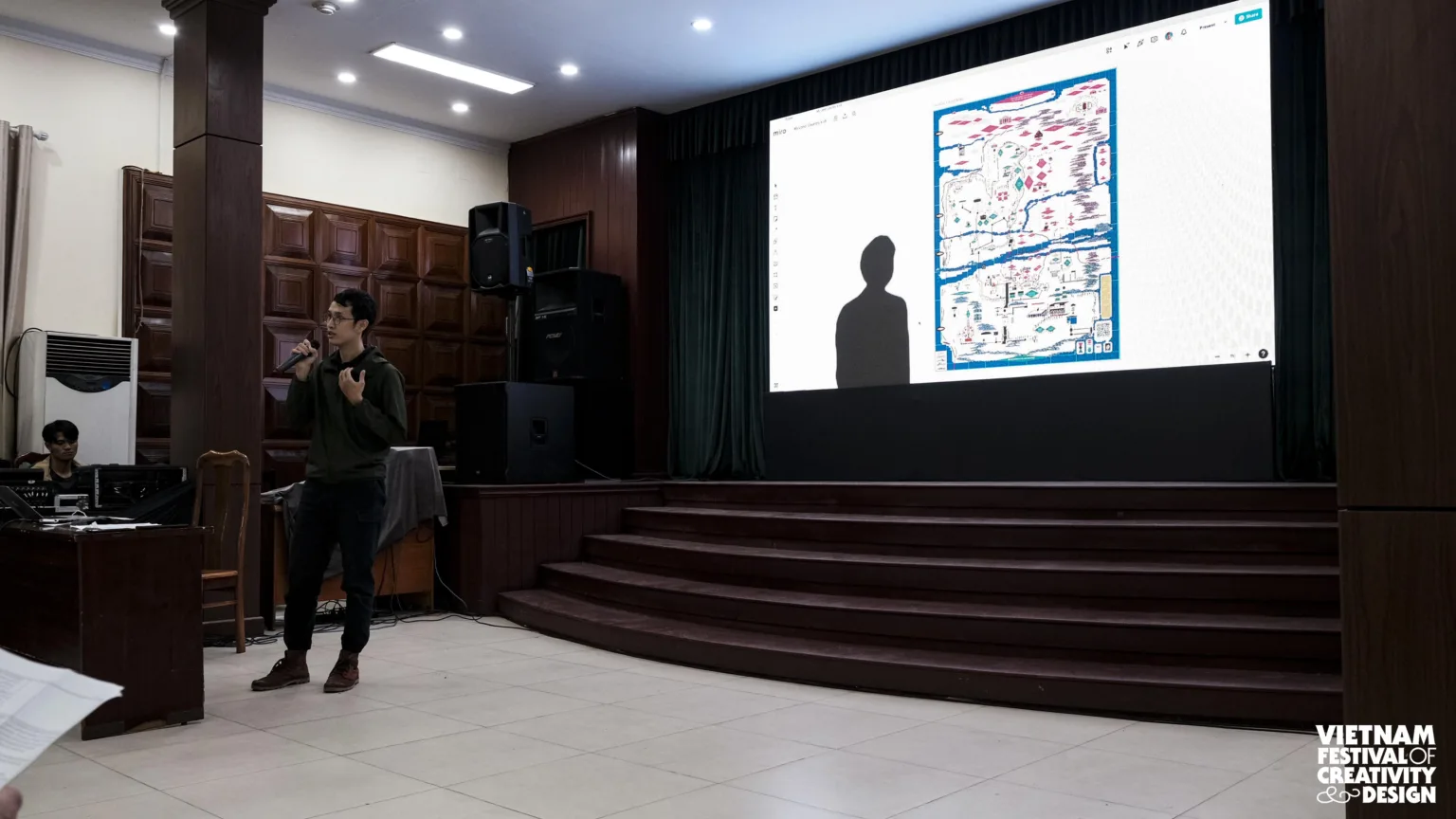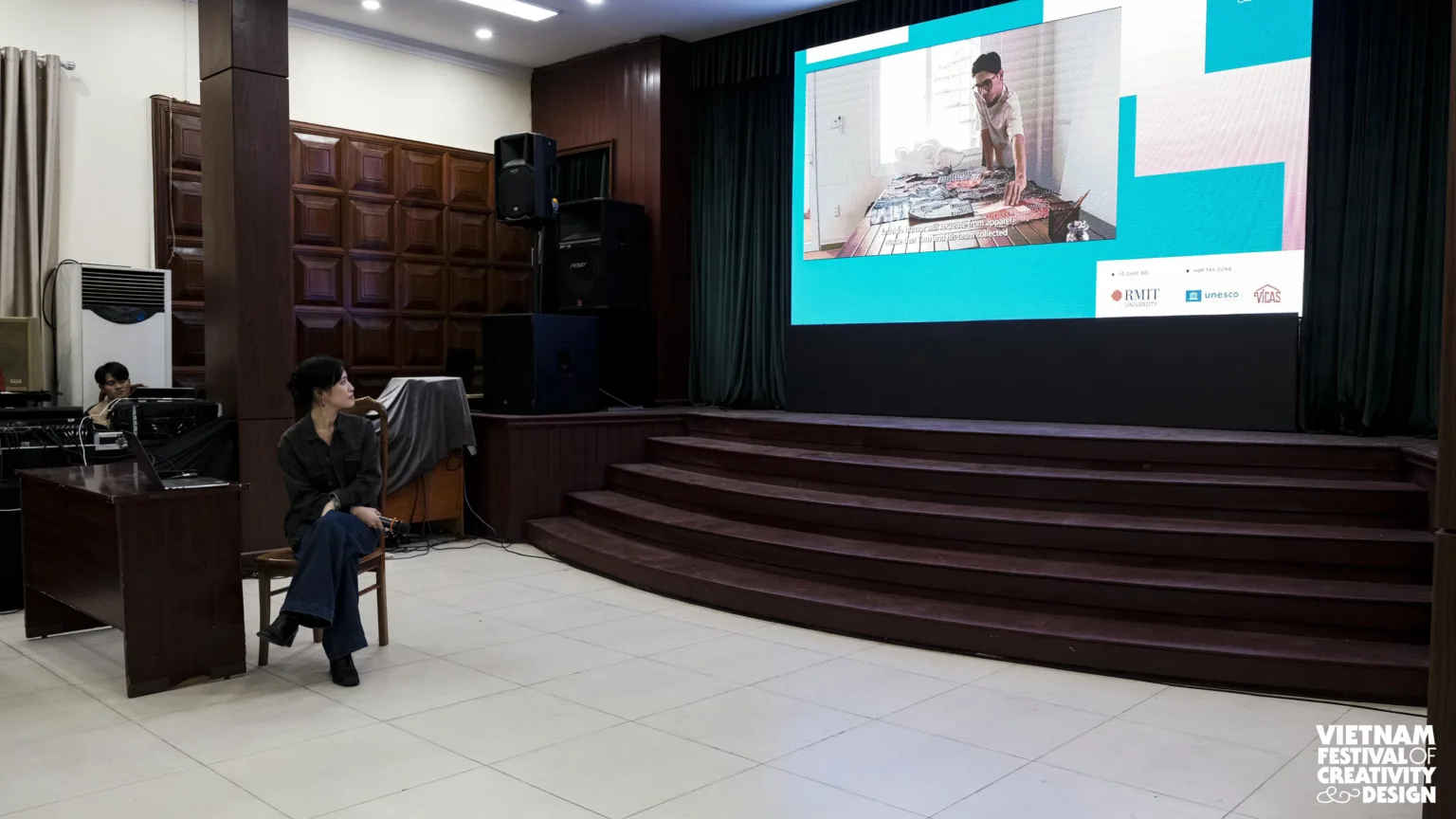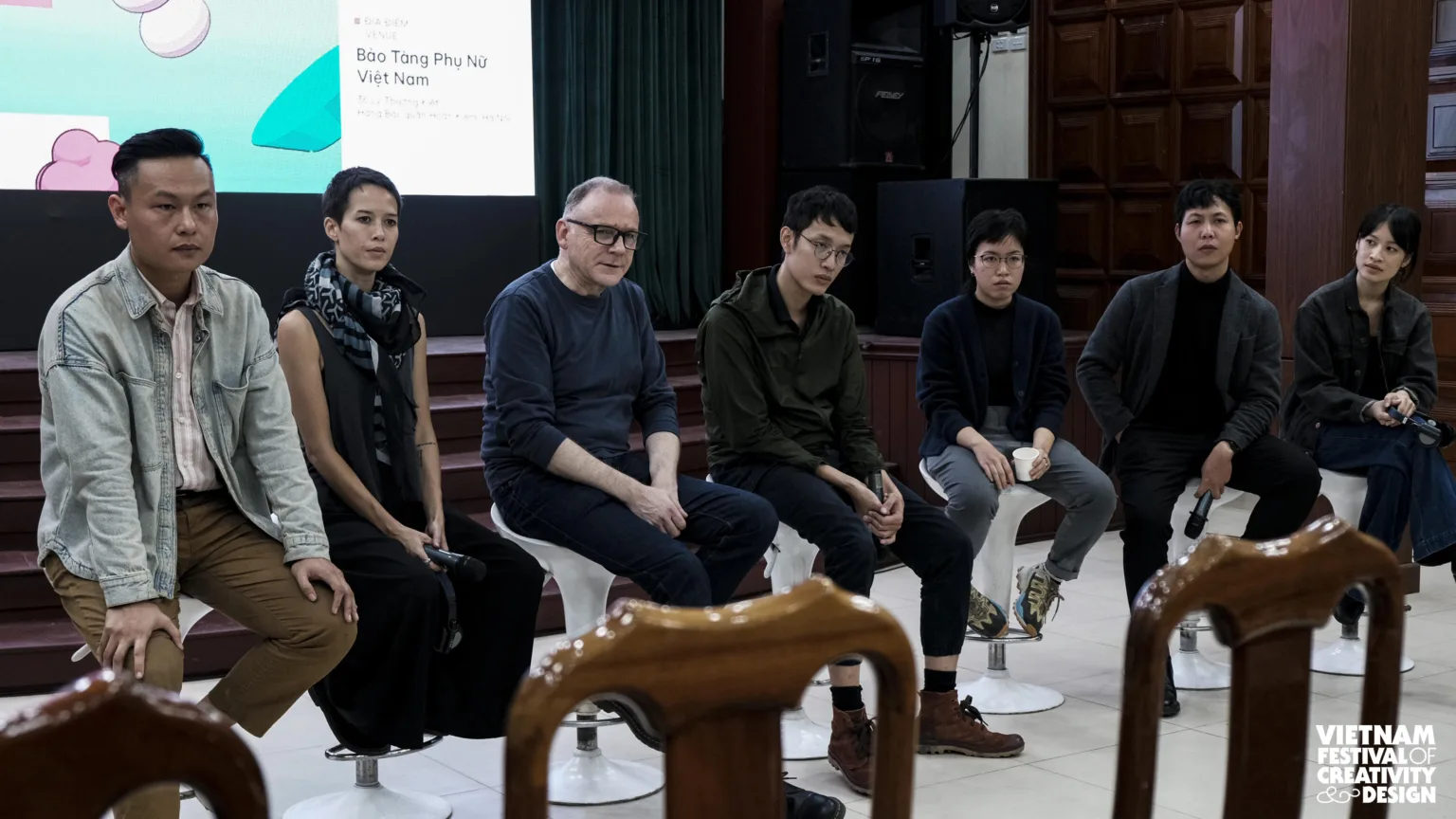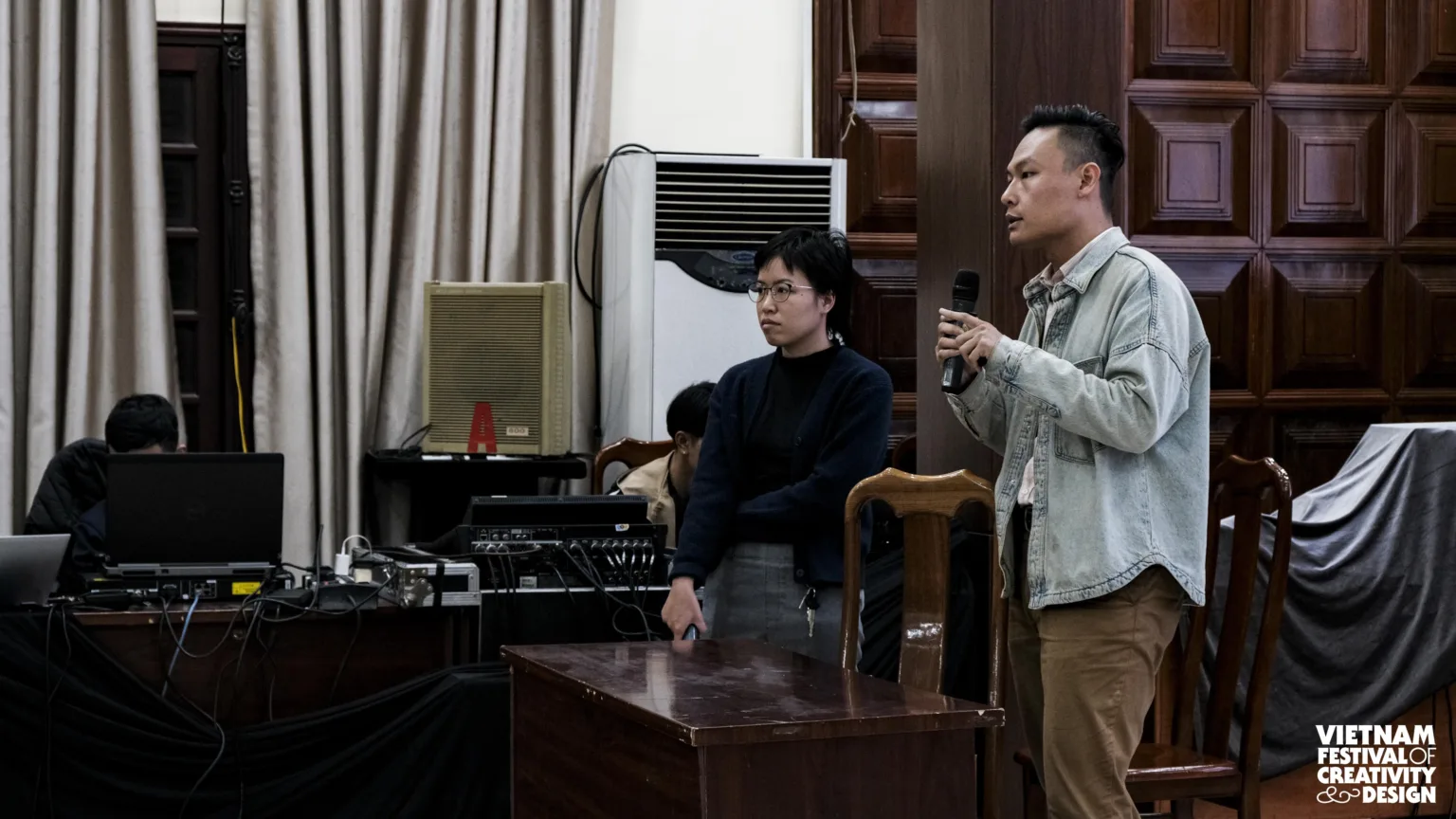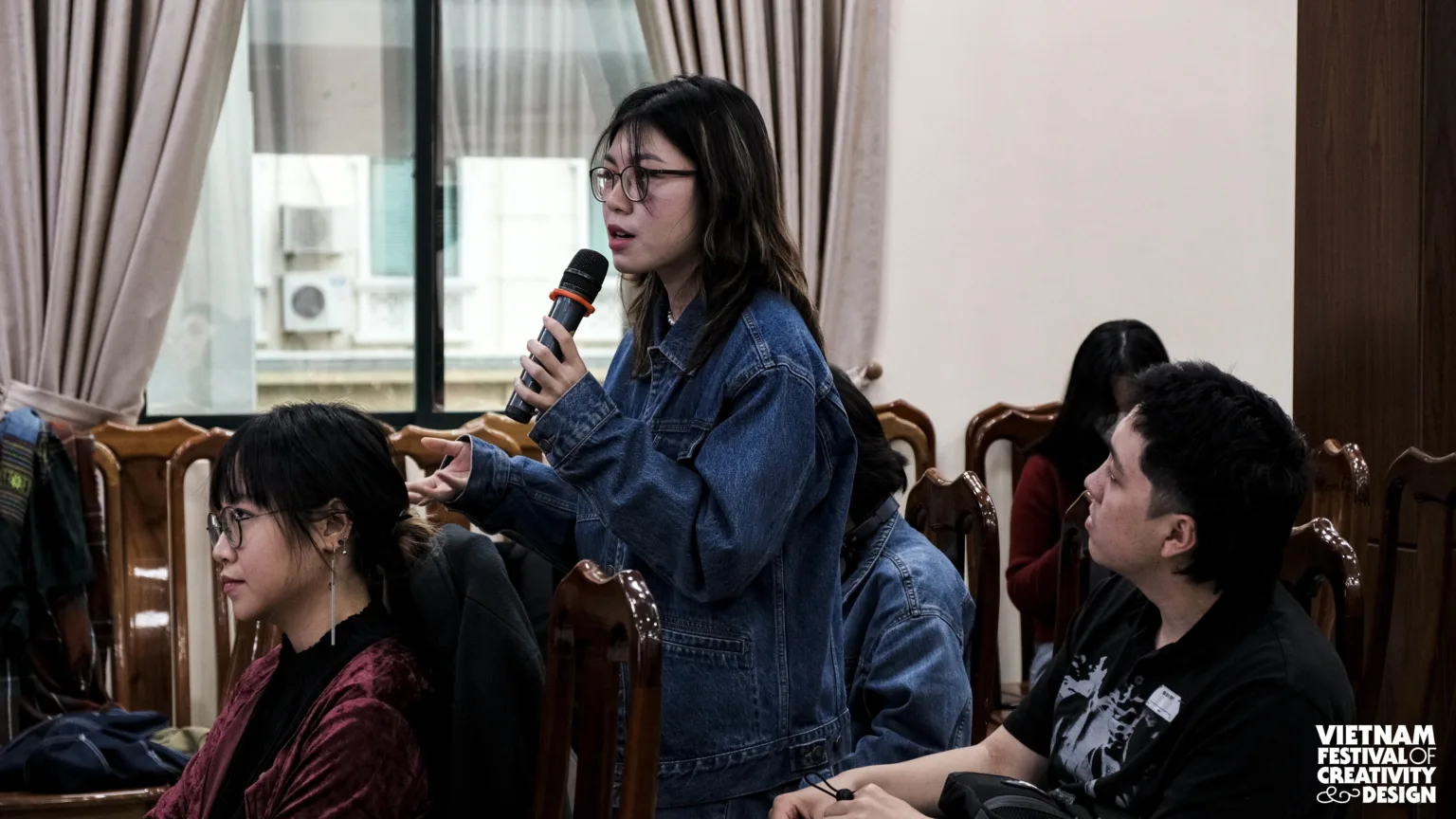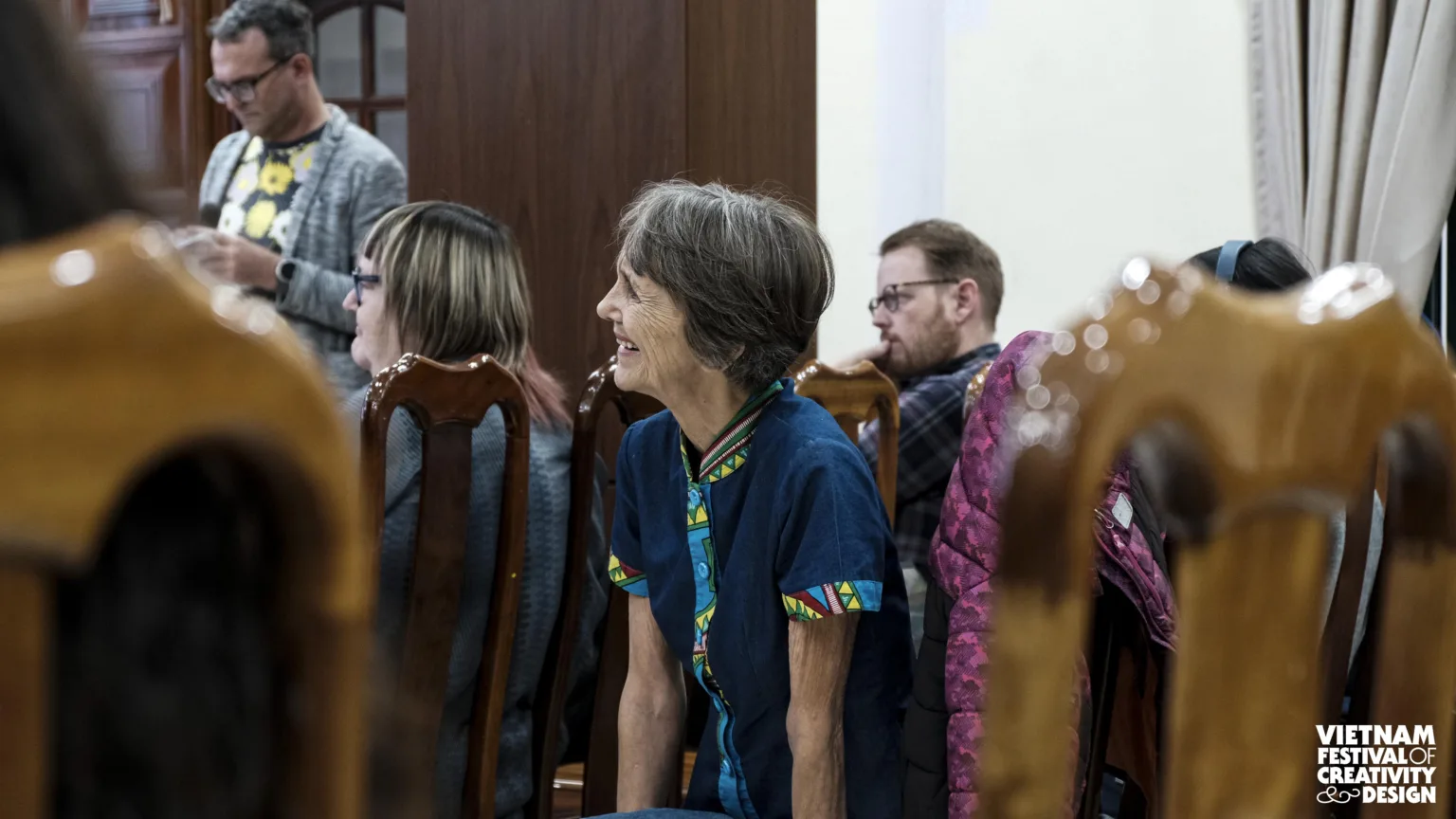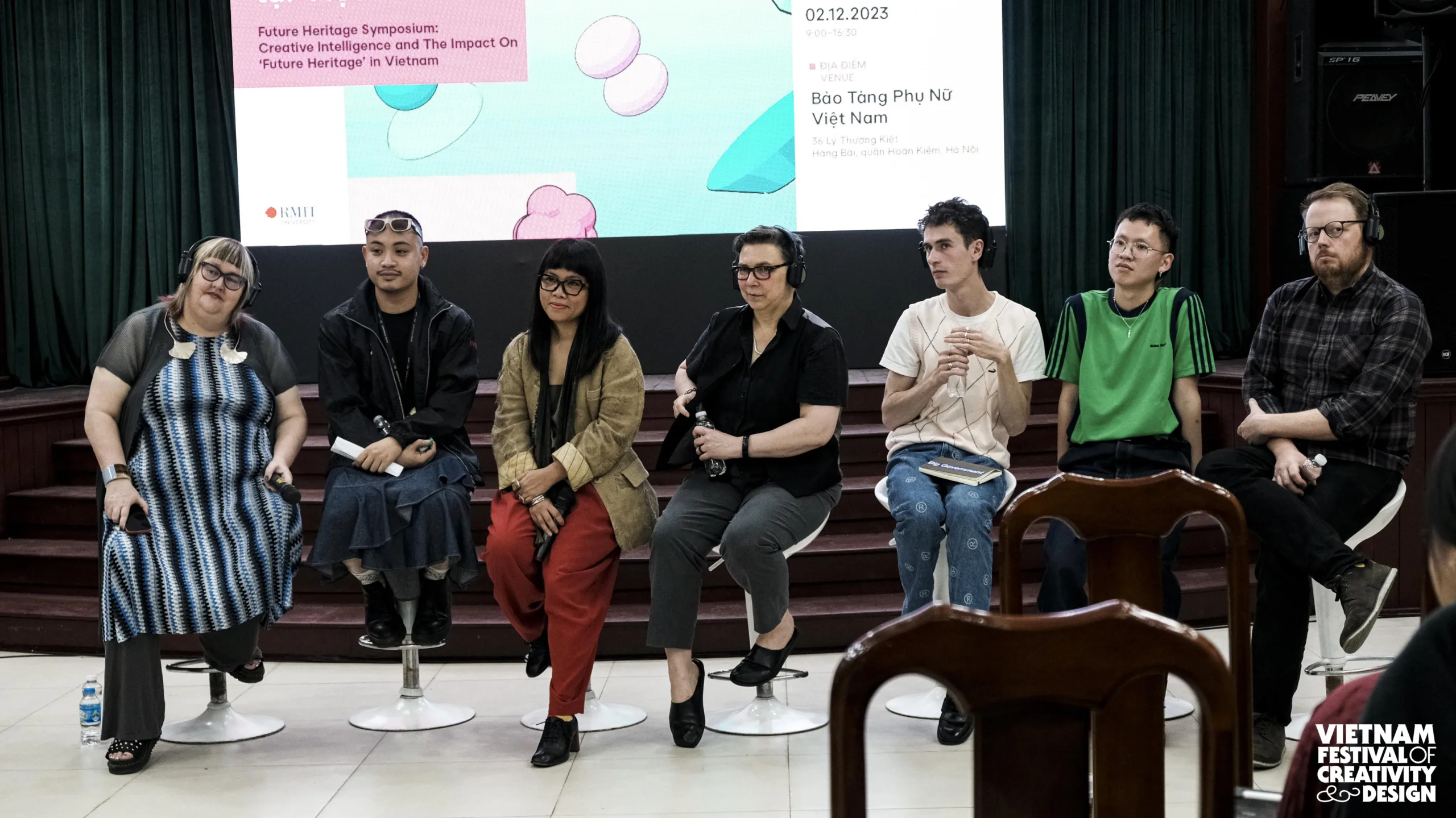Imagine a point in time in the future, when our habits, objects, landscape and more become the topic of the discussion on “heritage” of the next generations. The “heritage” that is still living its life in the present, hundreds of years from now, can fully become the materials with which future generations narrate vivid stories about us.
That is the idea behind the concept of “future heritage” – the main theme of the symposium “Future Heritage: Creative intelligence and the impact on ‘future heritage’ in Vietnam” which took place on December 02 at the Vietnamese Women’s Museum. With experts who are lecturers, researchers and multidisciplinary practitioners, numerous creative solutions have been brought forward and opened up in an infinite discussion on the relationship between technology and heritage.
Digitalise the present to archive for the future
According to Michal Teague, Lecturer at RMIT University Vietnam, the future heritage in Vietnam is a valuable resource for research, however, access is limited in terms of costs, time, and space. Encouraging the development of digitalisation approaches with low costs or free of charge will help ensure the diversity of perspectives towards heritage and enhance collaboration capacity, while also serving as a soft power to promote Vietnamese culture to the world.
“Once they become digitised, the public will be able to gain access to it.” – Michal Teague, Lecturer at the School of Communication and Design, RMIT University Vietnam.
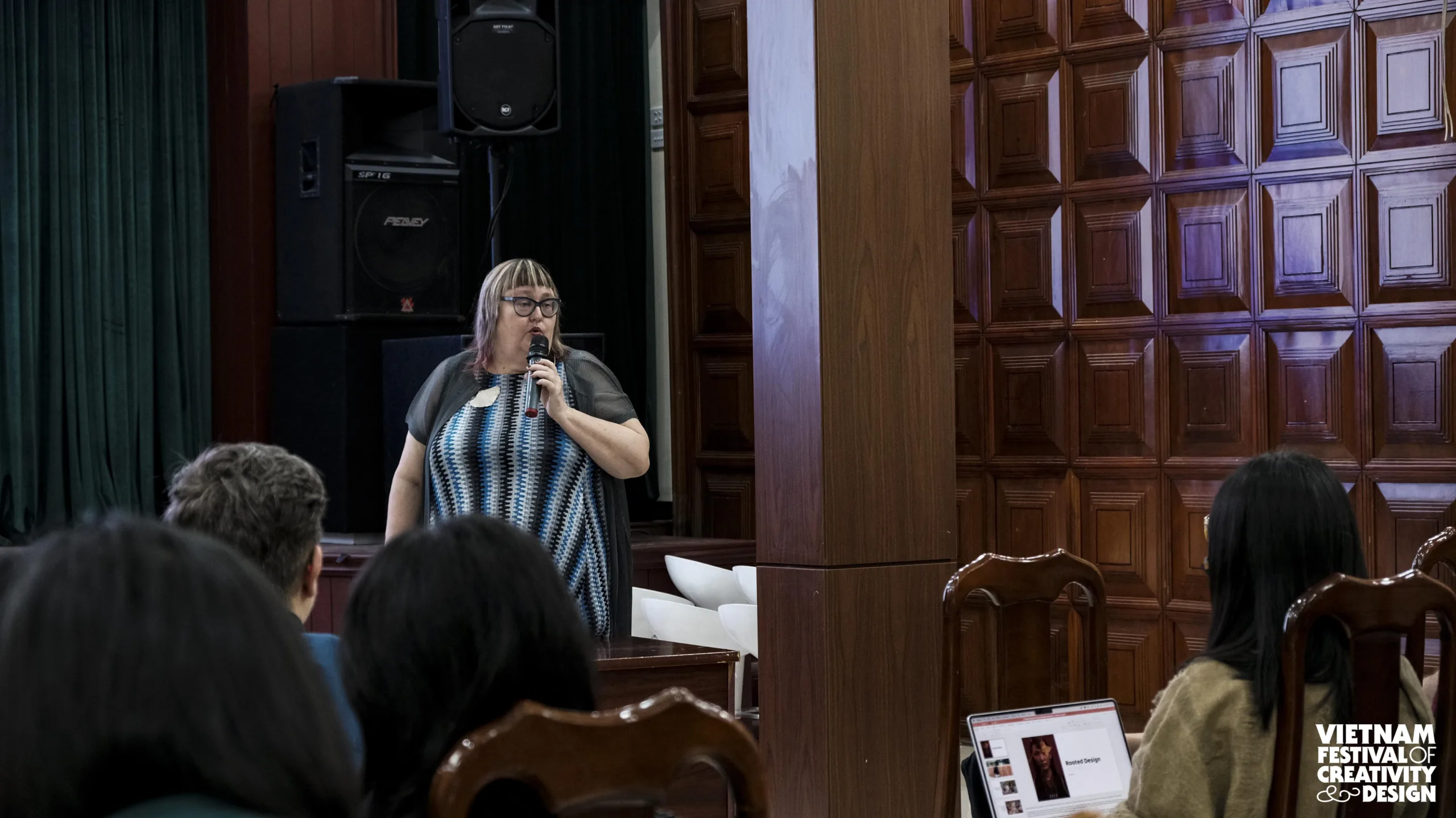
But how to digitalise? Dr Alison Bennett, Associate Dean of Photography at RMIT University Melbourne, suggested sculpting 3D models to replicate at-risk places, thereby preserving the cultural and spiritual aspects represented in each particular space. Citing an example from the project replicating the waterfall and houses in her hometown of Biripi, she believed that this technique not only reconstructs the past but also offers speculative design ideas for the future.
Dr Alan Hill, Program Manager of Photography at RMIT University Melbourne shared the same perspective on this approach to heritage. For him, every subject is present in a relationship with its surrounding community and landscape, where they co-exist and nurture one another. A photograph with a civil intent does not simply focus on any particular subject; instead, highlights one’s connection with the community and society which one represents.
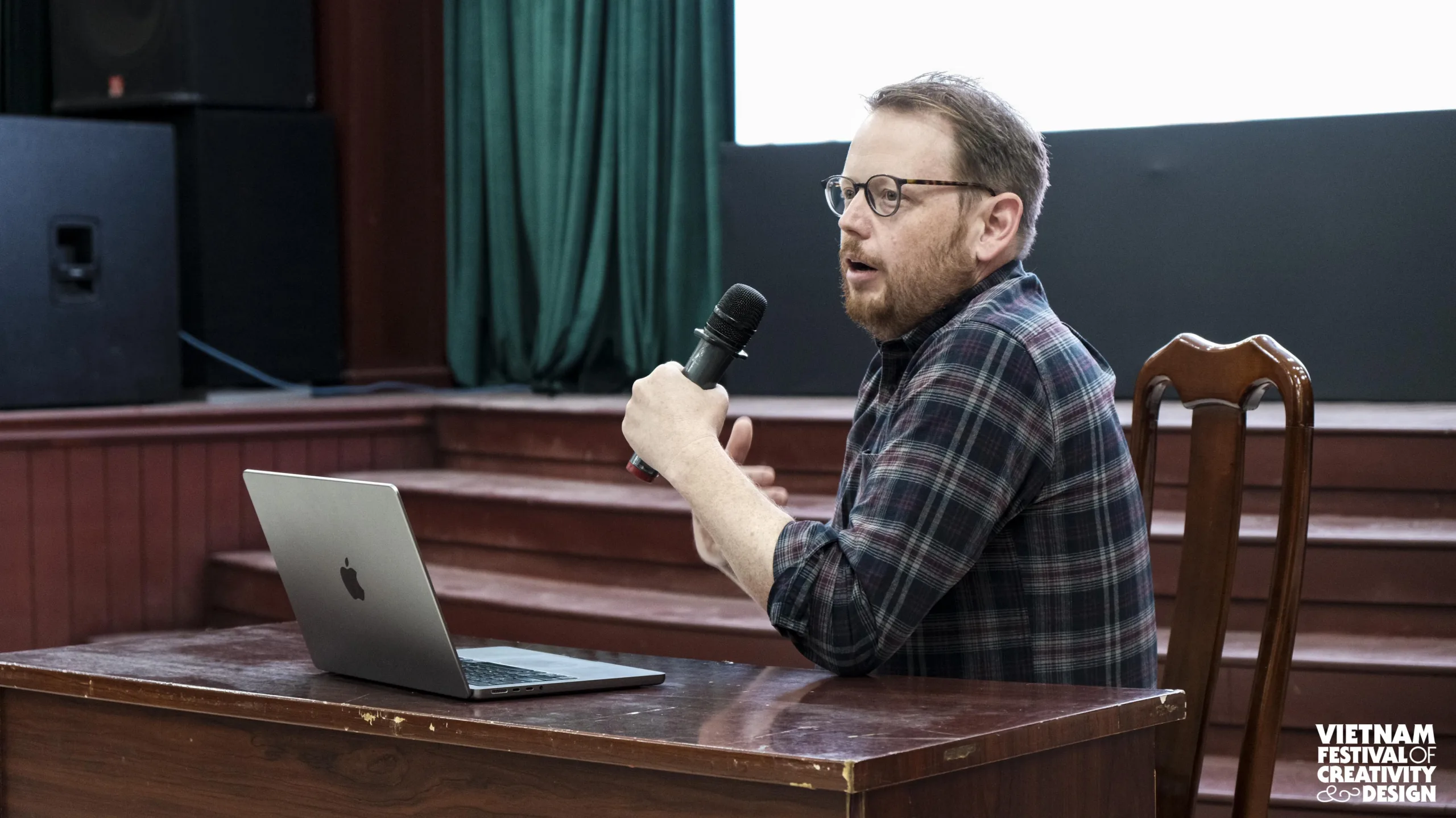
Michal Teague, Lecturer at RMIT University Vietnam
Dr Alan Hill, Program Manager of Photography at RMIT University Melbourne
The present, certainly, always implies changes. That is the reason why photographer Edward Ryan, Lecturer at RMIT University Vietnam, has a habit of wandering the city streets to observe and explore different aspects of things. Gradually, a complete picture of the contemporary local urban life is assembled from the pieces he gathers.
Meanwhile, architect Trung Mai, who initiated Hanoi Ad hoc, presented an idea to archive structures that are too young to be recognised as heritage. Starting with researching the history and redrawing the architecture of old industrial factories from Hanoi’s post-colonial period, he hoped to develop a public urban archive, thereby encouraging the community to engage in discussions about a new future for the forgotten entities.
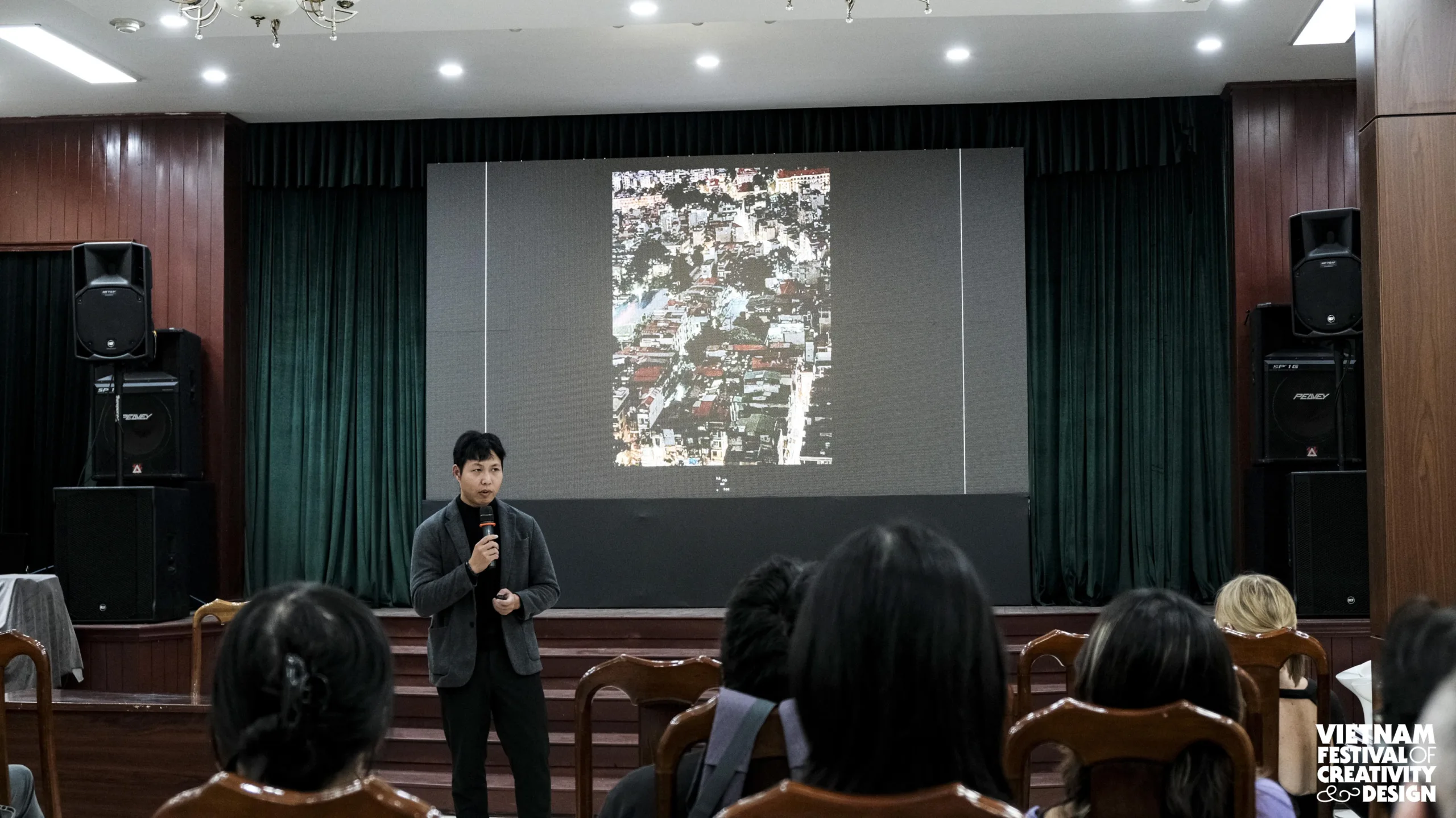
Architect Trung Mai, the initiator of Hanoi Ad Hoc
Opting for photography, Hà Đào and Linh Phạm founded Matca as a response to the lack of documentation on the history of photography in Vietnam. Through online magazines, printed publications and physical space, Matca strives to record and promote diverse perspectives on local practices in photography, while also supporting the exchanges and collaboration between photographers.
Vietnamese identity in the digital era
“Gốc” (root) is a word the Vietnamese often use to describe their place of origin, and therefore “mất gốc” (loss of root) is synonymous with losing one’s identity. For Thao Vu, Founder of the fashion brand Kilomet109, rooted design is how creatives can shape future heritages amid an explosive era of globalisation and consumerism. Rooted design generates a production chain with stable socio-economic benefits while also ensuring the connection with the original values of heritage within the community.

Thao Vu, Founder of Kilomet109
Not only Thao Vu, but other practitioners are also on the same journey to seek the Vietnamese “root” to integrate it into contemporary society. Since 2022, Paul Antoine Lucas and Bùi Quý Sơn, the co-founders of Exutoire, have conducted field research at craft villages that produce traditional Vietnamese raw materials such as Bat Trang Pottery Village or the bamboo workshops in Bac Ninh Province. This is how Exutoire seeks solutions to apply local culture to reality, thereby reshaping architectural and construction works in the contemporary context of Vietnam.
Thao Nguyen, Lecturer at RMIT University Vietnam, presented here/there (đây/đó), a cross-cultural exchange project on traditional crafts and designs. Through here/there, Thao Nguyen and her colleagues hope to connect young Vietnamese artists with experienced experts in Vietnam and Australia to bring their designs to the global market. This multicultural collaboration aims to contribute to the long-term vitality of craft activities that connect history and culture, while offering economic values and a sustainable environment.
In the same spirit, Elise Luong, Founder of Undecided Productions, holds an artist residency programme on ceramics named live.make.share and the reading group The Women’s Room to open up a space for exchanges on socio-cultural issues in Vietnam, encouraging diverse theoretical and practical viewpoints on cultural heritage in connection with today’s world.
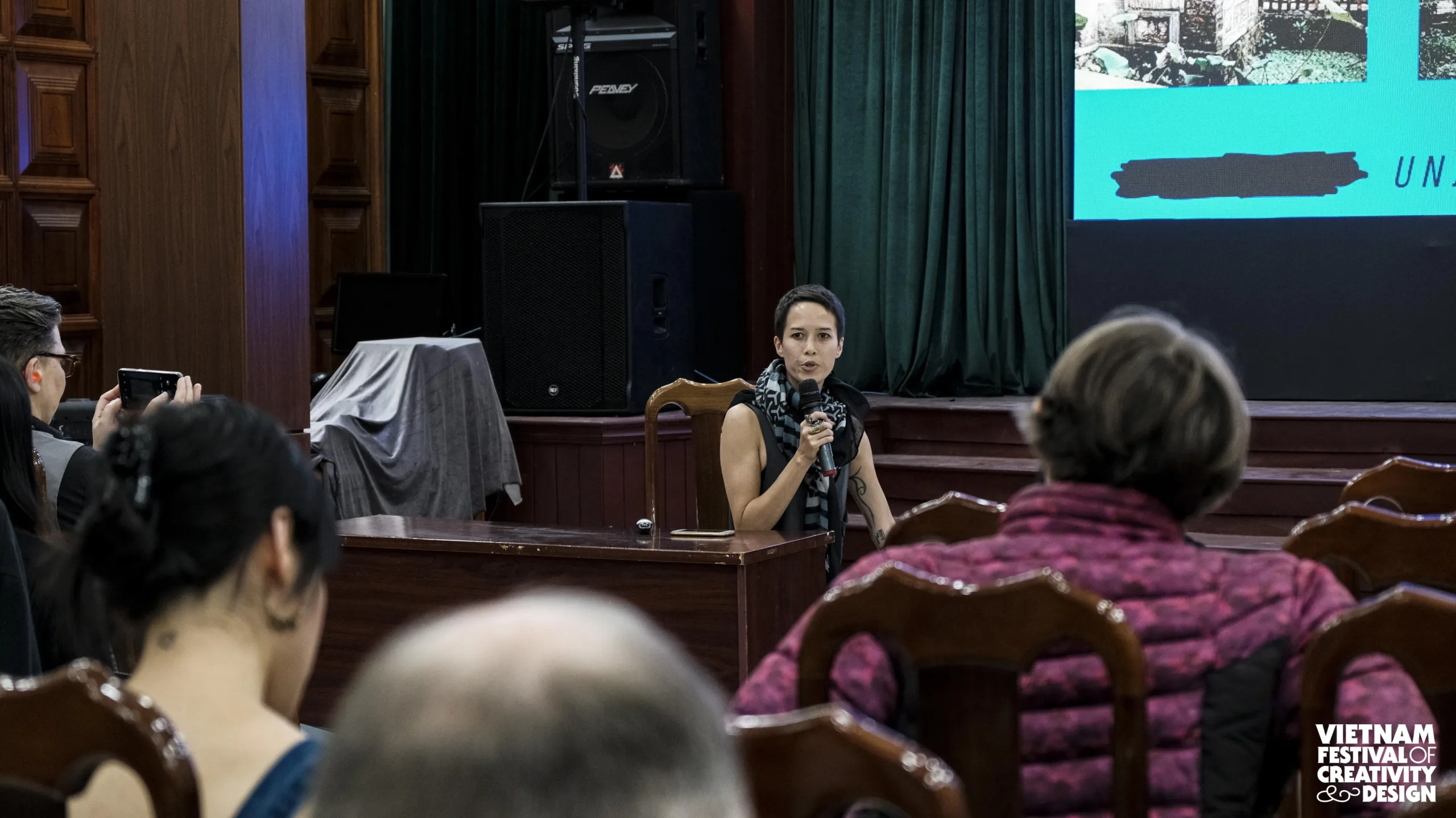
Elise Luong, Founder of Undecided Productions
As a visual artist, Hà Ninh Phạm chose to archive his journey exploring cultural identity through artistic expression in the project “Country X” – where he built a new world inspired by personal experiences. As for Nguyễn Duy Anh, he and other artists founded the inclusive space ba-bau AIR, where everyone has the right to access, exchange and realise their artistic ideas. The ultimate aspiration of ba-bau AIR is to become a “home” so that everyone in that community feels a sense of belonging.
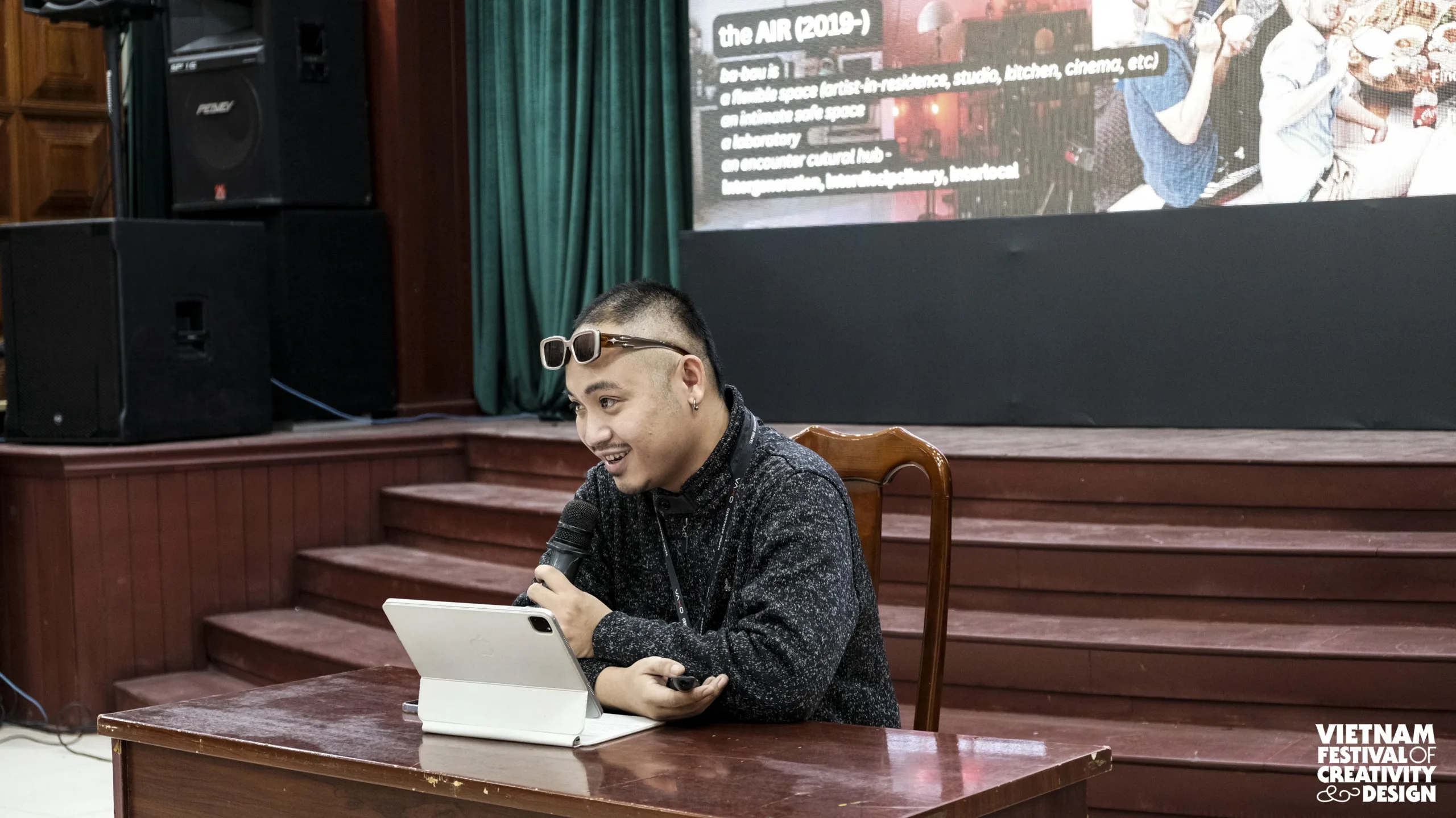
Motion graphic artist Nguyễn Duy Anh
Modern technology is expanding the limits of how we create, analyse, preserve and develop heritage. When these boundaries are erased, the biggest challenge for the community in general and creative practitioners in particular is predicting, defining and making decisions about a future that inherently implies numerous uncertainties. Then, the question is: which values should be chosen to become the heritage for the next generations, and what should we do to continue developing those values?
Watch the symposium in full on VFCD’s Youtube channel at: https://www.youtube.com/@vfcd.events
